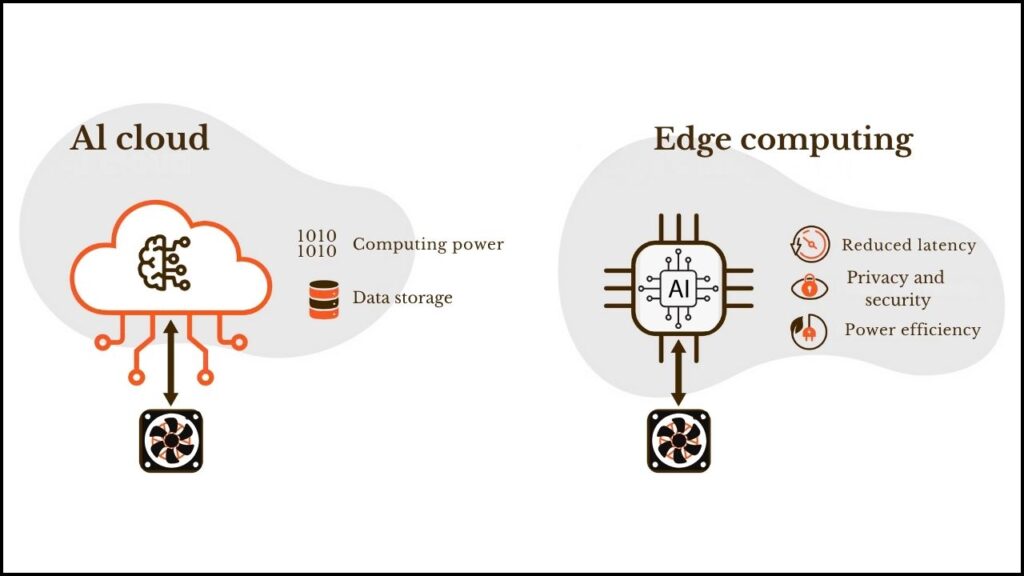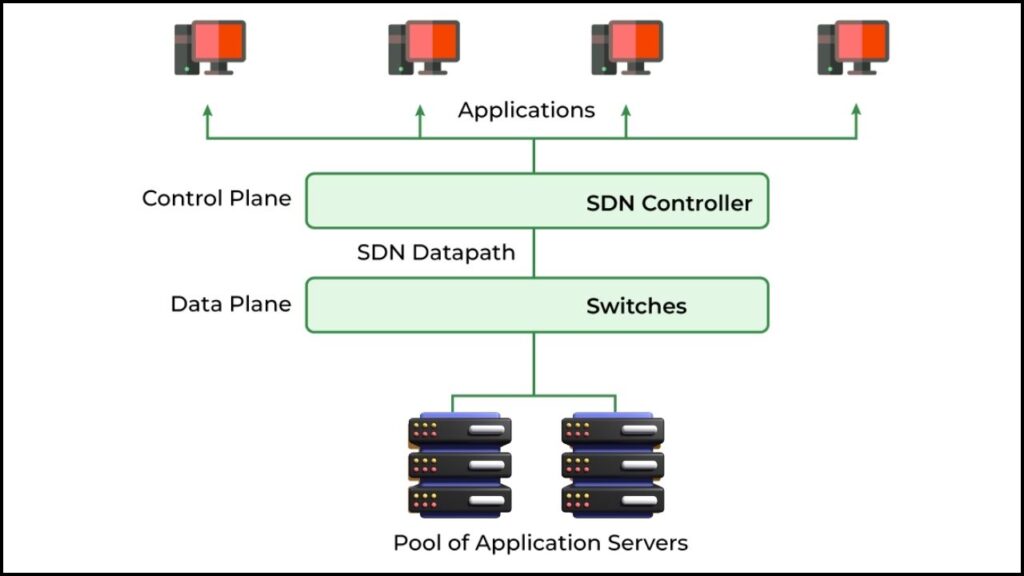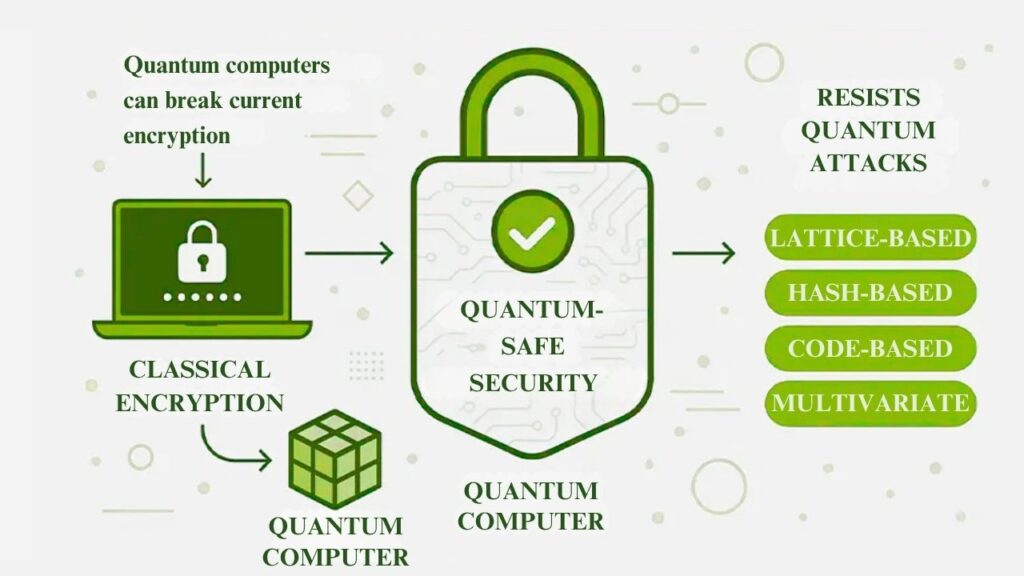In 2025, real-time applications such as live video calls, online gaming, augmented reality (AR), and Internet of Things (IoT) devices are more popular than ever. Yet, the old internet infrastructure struggles to meet their demands for low latency, minimal delays, and continuous data flow. This often causes frustrating delays, glitches, and interruptions, which spoil user experience and limit what emerging technologies can achieve.

Understanding why the internet designed decades ago fails to support these modern applications, and what is changing to fix this, is crucial for businesses and users alike. This article explores the major challenges of the old internet, the technologies emerging to solve them in 2025, and practical tips for adapting to the new digital landscape.
Table of Contents
Why the Old Internet Can’t Keep Up With Real-Time Apps
| Topic | Details |
|---|---|
| Old Internet Limitation | High latency (often >150 ms), packet loss, inefficient routing, legacy hardware |
| Impact on Real-Time Apps | Delays and disruptions in video calls, online games, autonomous systems, and IoT devices |
| New Tech Enablers | Edge Computing, 5G/6G networks, AI-driven routing, modern network protocols |
| Industry Stats | 80% of enterprises see low latency as essential; 5G adoption up 70%; fiber backbone over 70% |
| Infrastructure Trends | More fiber routes and data centers, distributed power solutions, cloud-edge integration |
| Official Resource | Numeric UPS – IT Infrastructure Power Trends 2025 |
The internet built decades ago was not designed for the low latency, high reliability, and punctual packet delivery today’s real-time applications require. But in 2025, advances in edge computing, 5G/6G wireless, AI-driven routing, innovative protocols, and fiber infrastructure are transforming this landscape.
This evolution creates a faster, smarter, and more resilient internet foundation that enables cutting-edge technologies — from immersive AR and AI automation to autonomous vehicles and remote surgery.
For businesses, adapting to this new infrastructure is urgent to stay competitive and deliver great user experiences. For users, it means richer, smoother, and more real-time digital interactions.
Understanding these key trends and innovations equips everyone to navigate and thrive in our increasingly connected world.
Why the Old Internet Architecture Struggles With Real-Time Applications
The original internet was built in the 1970s as a “best effort” network. Its main job was to connect computers reliably, not to guarantee that information would arrive quickly or consistently. For many uses back then—like emails and simple web pages—this was fine.
But real-time applications need something very different:
- Low Latency: Data must arrive in milliseconds for video chats to be smooth or games to respond instantly.
- Minimal Packet Loss: Missing data packets can cause freezing, glitches, or dropped calls.
- Efficient Routing: Data should take the fastest path to reach its destination, avoiding unnecessary detours.
The old internet falls short on these needs because:
- Data is routed based on cost, not speed or closeness. Packets often take circuitous routes through many intermediate devices, causing travel times over 150 milliseconds—too slow for the demands of real-time apps.
- Routers were designed to handle large data packets (~1500 bytes). Real-time apps send many small packets (~55 bytes), overloading routers and causing extra delay.
- The Transmission Control Protocol (TCP) guarantees reliable data delivery by resending lost packets, which adds delay. Real-time apps use User Datagram Protocol (UDP), which doesn’t resend but is prone to packet loss, especially in congested networks.
- Much of the infrastructure still runs on legacy hardware incapable of prioritizing or guaranteeing punctual, low-latency delivery.
Because of all this, the old internet cannot provide the speed, reliability, and timing that real-time applications require.
What Needs to Change: The Solution Landscape for 2025 and Beyond
Fortunately, the internet is evolving to better support real-time applications. Here are the key changes underway:
1. Edge Computing: Data Closer to Users

Edge computing moves processing and storage physically nearer to users and devices, reducing the distance data must travel and cutting down delay.
- This is especially important with the rise of IoT devices—in healthcare, manufacturing, autonomous vehicles, and more.
- 80% of enterprises recognize low latency as a key driver for adopting edge computing.
- Combined with 5G’s fast data transfer, edge computing enables sub-millisecond responsiveness and real-time decisions where they matter most.
2. Next-Generation Wireless Networks: 5G and 6G
- 5G networks now offer ultra-low latency and high data capacity, enabling real-time video, AR/VR, and AI-driven apps.
- 6G, already in research, promises terabit speeds and even lower delays, unlocking future experiences and use cases like tactile internet and real-time digital twins.
3. Intelligent Routing and Software-Defined Networking (SDN)

The days of static, cost-based routing are ending. Networks are becoming software-controlled and AI-driven, dynamically adjusting paths based on speed, congestion, and reliability.
- SDN allows networks to prioritize traffic from real-time apps, better handle the high volume of small packets, and instantly reroute around congestion.
- AI predicts network conditions, optimizes resource usage, and improves energy efficiency.
4. New Protocols and Quantum-Safe Security

- New internet protocols are being developed to better support streaming and real-time data delivery by reducing retransmissions and packet loss.
- Advances in quantum-safe cryptography guard network communication from future quantum-computer attacks, ensuring secure real-time interactions.
5. Infrastructure Upgrades: Fiber, Power, and Cloud
- Fiber-optic cables now form over 70% of fixed broadband backbones, with plans to exceed 80%. They offer the speed and reliability backbone modern applications need.
- More diverse fiber routes improve resilience to outages and attacks.
- Power availability near fiber hubs and data centers is crucial to support compute-heavy tasks like AI inference and edge processing.
- Distributed power solutions such as nano-UPS ensure continuous operation at the edge.
- Multi-cloud and hybrid cloud architectures integrate closely with edge setups, creating efficient, low-latency environments.
Practical Implications for Businesses and Users
- Improved User Experience: Streaming, gaming, and IoT devices will be more responsive, stable, and lag-free.
- New Opportunities: Technologies such as autonomous vehicles, remote health monitoring, and mixed reality rely on these internet advancements.
- Career and Skills Growth: The shift creates demand for expertise in network engineering, AI-driven management, IoT security, and cloud-edge integration.
- Challenges Remain: Security, energy consumption, cost, and regulatory compliance continue to require attention.
- Sustainability Matters: AI-driven energy optimization and smarter cooling reduce the carbon footprint of data centers and network infrastructure.
This Single Point of Failure Could Destroy Web3’s Dream of a Decentralized Internet
IPv4 vs IPv6? Doesn’t Matter When CDNs Secretly Control the Entire Internet
Free Starlink Satellite Internet Is Coming to These Phones — See If Yours Made the List
FAQs About Why the Old Internet Can’t Keep Up With Real-Time Apps
Q1: Why can’t the current internet handle real-time apps well?
The internet’s original design focuses on reliable, best-effort delivery, not fast or guaranteed timing. This leads to high latency, packet loss, and processing inefficiencies that real-time apps can’t tolerate.
Q2: What is edge computing, and how does it help?
Edge computing processes data near the user or device, drastically reducing the distance and time data travels, enabling near-instant reactions essential for real-time applications.
Q3: How do 5G and 6G improve internet speed and latency?
5G networks reduce latency to milliseconds and boost bandwidth, helping apps respond quickly. 6G promises even faster speeds and lower delays for the most demanding future applications.
Q4: What role does AI play in improving internet infrastructure?
AI helps optimize routing, predict network congestion, prioritize traffic, and manage energy consumption, making networks faster, smarter, and more efficient.
Q5: How important is fiber optic infrastructure?
Fiber optics are the foundation of high-speed, reliable internet, carrying most broadband today, and expanding to meet growing data and latency demands.



















